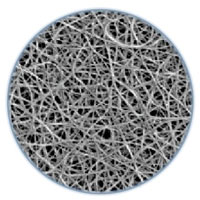 Scientists have figured out a non-invasive way to measure the thickness of single-walled carbon nanotube films, which may find applications in a wide variety of fields from solar energy to smart textiles.
Scientists have figured out a non-invasive way to measure the thickness of single-walled carbon nanotube films, which may find applications in a wide variety of fields from solar energy to smart textiles.
Jun 30th, 2020
Read more
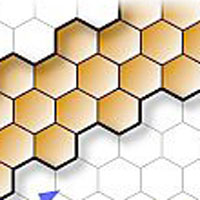 A research group introduced the widest graphene nanoribbon prepared by the bottom-up approach with electrical properties surpassing those of silicon semiconductors, promising a new generation of miniaturized electronic devices.
A research group introduced the widest graphene nanoribbon prepared by the bottom-up approach with electrical properties surpassing those of silicon semiconductors, promising a new generation of miniaturized electronic devices.
Jun 30th, 2020
Read more
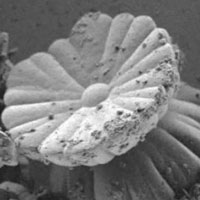 Researchers have managed to create structures that are a complete paradox: single, continuous crystals that have multiple domains, an asymmetric shape and curved lines; they are as complex as one could expect from a 'monumental' structure.
Researchers have managed to create structures that are a complete paradox: single, continuous crystals that have multiple domains, an asymmetric shape and curved lines; they are as complex as one could expect from a 'monumental' structure.
Jun 30th, 2020
Read more
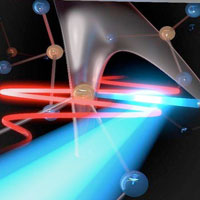 Physicists have revealed a so-far overlooked nonlinear optical mechanism that emerges from the light-induced tunneling of electrons inside dielectrics.
Physicists have revealed a so-far overlooked nonlinear optical mechanism that emerges from the light-induced tunneling of electrons inside dielectrics.
Jun 30th, 2020
Read more
 Scientists present insights from sophisticated small-scale mechanical experiments explaining unexpected plastic deformation of silicon on the nanoscale.
Scientists present insights from sophisticated small-scale mechanical experiments explaining unexpected plastic deformation of silicon on the nanoscale.
Jun 30th, 2020
Read more
 Researchers have developed a new method of applying anti-inflammatory substances to implants in order to inhibit undesirable inflammatory reactions in the body.
Researchers have developed a new method of applying anti-inflammatory substances to implants in order to inhibit undesirable inflammatory reactions in the body.
Jun 30th, 2020
Read more
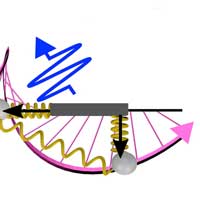 Scientists have discovered details about a novel type of polarized light-matter interaction with light that literally turns end over end as it propagates from a source. Their find could help study molecules like those in light-harvesting antennas anticipated to have unique sensitivity to the phenomenon.
Scientists have discovered details about a novel type of polarized light-matter interaction with light that literally turns end over end as it propagates from a source. Their find could help study molecules like those in light-harvesting antennas anticipated to have unique sensitivity to the phenomenon.
Jun 29th, 2020
Read more
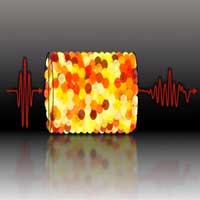 Physicists used X-ray measurements and analyses to show that velocity scaling and dispersion in wave transmission is based on grainy particle arrangements and chains of force between them, while reduction of wave intensity is caused mainly from grainy particle arrangements alone.
Physicists used X-ray measurements and analyses to show that velocity scaling and dispersion in wave transmission is based on grainy particle arrangements and chains of force between them, while reduction of wave intensity is caused mainly from grainy particle arrangements alone.
Jun 29th, 2020
Read more
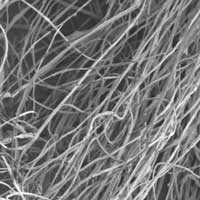 Researchers have developed a lightweight, multifunctional nanofiber material that can protect wearers from both extreme temperatures and ballistic threats.
Researchers have developed a lightweight, multifunctional nanofiber material that can protect wearers from both extreme temperatures and ballistic threats.
Jun 29th, 2020
Read more
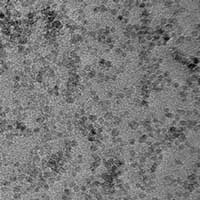 Method could shed light on nitric oxide's role in the neural, circulatory, and immune systems.
Method could shed light on nitric oxide's role in the neural, circulatory, and immune systems.
Jun 29th, 2020
Read more
 In lab tests, virus-like DNA structures coated with viral proteins provoke a strong immune response in human B cells.
In lab tests, virus-like DNA structures coated with viral proteins provoke a strong immune response in human B cells.
Jun 29th, 2020
Read more
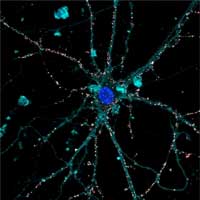 Liquid, biocompatible and micro-injectable, the new retinal prosthesis is an aqueous suspension of photoactive nanoparticles that functionally replace the photoreceptors of the retina damaged by degenerative diseases and aging.
Liquid, biocompatible and micro-injectable, the new retinal prosthesis is an aqueous suspension of photoactive nanoparticles that functionally replace the photoreceptors of the retina damaged by degenerative diseases and aging.
Jun 29th, 2020
Read more
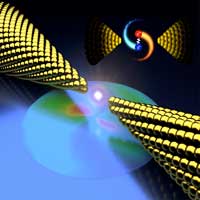 Seeing light emerge from a nanoscale experiment didn't come as a big surprise to physicists. But it got their attention when that light was 10,000 times brighter than they expected.
Seeing light emerge from a nanoscale experiment didn't come as a big surprise to physicists. But it got their attention when that light was 10,000 times brighter than they expected.
Jun 29th, 2020
Read more
 Researchers developed a new imaging technique that is fast and sensitive enough to observe these elusive critical fluctuations in two-dimensional magnets. This real-time imaging allows researchers to control the fluctuations and switch magnetism via a 'passive' mechanism that could eventually lead to more energy-efficient magnetic storage devices.
Researchers developed a new imaging technique that is fast and sensitive enough to observe these elusive critical fluctuations in two-dimensional magnets. This real-time imaging allows researchers to control the fluctuations and switch magnetism via a 'passive' mechanism that could eventually lead to more energy-efficient magnetic storage devices.
Jun 29th, 2020
Read more
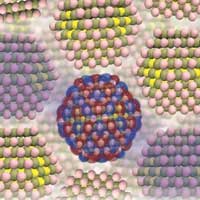 Scientists have provided the first theoretical explanation for how electrical current is conducted in semiconductors made of nanocrystals. In the future, this could lead to the development of new sensors, lasers or LEDs for TV screens.
Scientists have provided the first theoretical explanation for how electrical current is conducted in semiconductors made of nanocrystals. In the future, this could lead to the development of new sensors, lasers or LEDs for TV screens.
Jun 29th, 2020
Read more
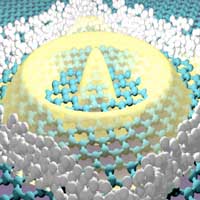 A research team developed method for trapping elusive electrons.
A research team developed method for trapping elusive electrons.
Jun 29th, 2020
Read more
 Scientists have figured out a non-invasive way to measure the thickness of single-walled carbon nanotube films, which may find applications in a wide variety of fields from solar energy to smart textiles.
Scientists have figured out a non-invasive way to measure the thickness of single-walled carbon nanotube films, which may find applications in a wide variety of fields from solar energy to smart textiles.















 Subscribe to our Nanotechnology News feed
Subscribe to our Nanotechnology News feed